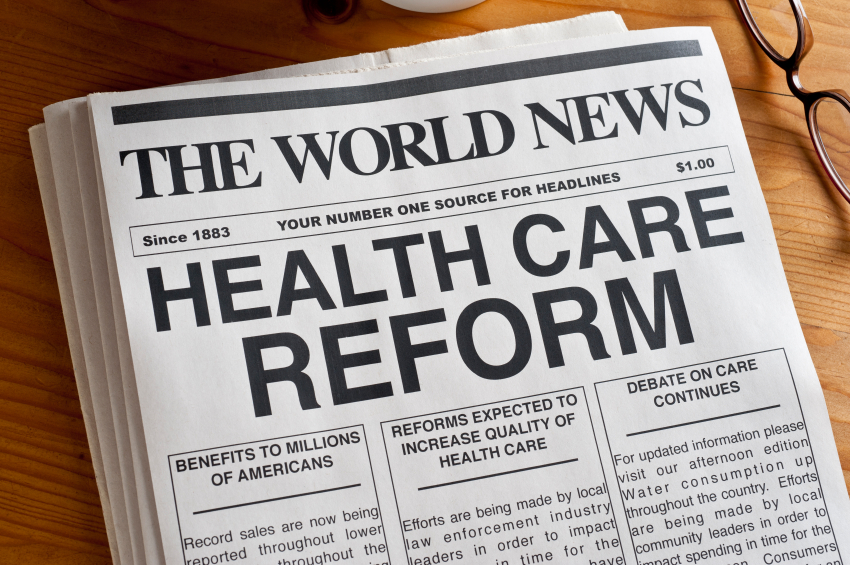As Ground Ambulance Committee Begins Its Work, New Report on Balance Billing by Ground Ambulance Providers Highlights a Gap in the No Surprises Act

On December 9, the Centers for Medicare and Medicaid Services (CMS) announced the membership of the Advisory Committee on Ground Ambulance and Patient Billing (GAPB). This committee was created by the No Surprises Act (NSA), legislation that instituted landmark federal protections against unexpected bills when patients receive unanticipated out-of-network care. While the NSA applies to services provided by physicians, hospitals, ambulatory care centers, and air ambulances, the federal law does not apply to ground ambulance services. Instead, the legislation established a committee charged with “reviewing options to improve the disclosure of charges and fees for ground ambulance services, better informing consumers of insurance options for such services, and protecting consumers from balance billing.” As the GAPB prepares to begin its work, there is new evidence that the NSA’s exclusion of ground ambulance bills puts consumers at a significant financial risk when they need emergency medical transport.
Currently, several state laws fill this gap in federal balance billing protections. In Texas, a state that lacks such protections, the legislature authorized a survey of ground ambulance billing practices to better understand the problems consumers face when seeking ground ambulance services. This Texas Department of Insurance study illustrates how patients in medical emergencies are often left with unexpected ambulance bills.
Ground Ambulance Providers in Texas Continue to Balance Bill Customers
The results of Texas’s survey revealed that 77 percent of provider respondents reported “always” or “sometimes” balance billing patients when the commercial health plan does not cover the full charge for the ambulance service, with 45 percent of providers reporting that they always balance bill and 32 percent reporting that they sometimes balance bill.
The responses also illustrated that non-participation in plan networks is the norm, not the exception, with respect to ground ambulance providers. In both 2019 and 2020, only 23 percent of ground ambulance providers across the state contracted with at least one commercial health plan, and the rate was as low as 13 percent in some regions. Ultimately, 86 percent of amounts billed by ground ambulance providers during the survey period were billed out of network.
Ground Ambulance Providers Want Higher Reimbursement Rates
A majority—68 percent—of the providers in Texas reported that inadequate commercial reimbursement rates are their number one reason for not joining an insurance network. For those that do contract with insurers, they cited favorable reimbursement rates, followed by “clear, predictable terms and payment rates,” and “prompt payment of claims,” as factors in their decision to participate in the network. While the report does not delve into why providers consider commercial reimbursement rates to be too low, there have been some reports that public ambulances have had to raise rates to cover the costs of service.
For publicly owned ambulance companies, some Texas municipalities have tried to prevent financial shortfalls through local rate setting. Local rate setting can potentially lead to higher Medicare and Medicaid reimbursement (since rates are based on regional averages), and also poses challenges for private insurers who cannot ask for lower rates in contract negotiations with ambulance providers. In Texas’s survey, 39 percent of ground ambulance providers reported that the local government regulates how much they can charge for services, and another 9 percent reported that local government sets some rates.
The challenges surrounding reimbursement for ground ambulance services are not unique to Texas; ground ambulances have the highest share of services provided out of network of any medical specialty. The states that have enacted ground ambulance protections have tried different strategies, including payment standards and arbitration systems, to assuage providers’ reimbursement concerns while protecting consumers. Expanded data collection could help create a clearer understanding of the finances of the ground ambulance industry and inform strategies for reimbursement that reflect the true cost of services.
The Texas data may spur action by that state’s legislature to extend balance billing protections to ground ambulance services, as ten states have already done, and inform future federal reforms. As the GAPB prepares for its first public meeting in January, the Texas findings remind us that ground ambulance remains a significant gap in the NSA’s consumer protections.








